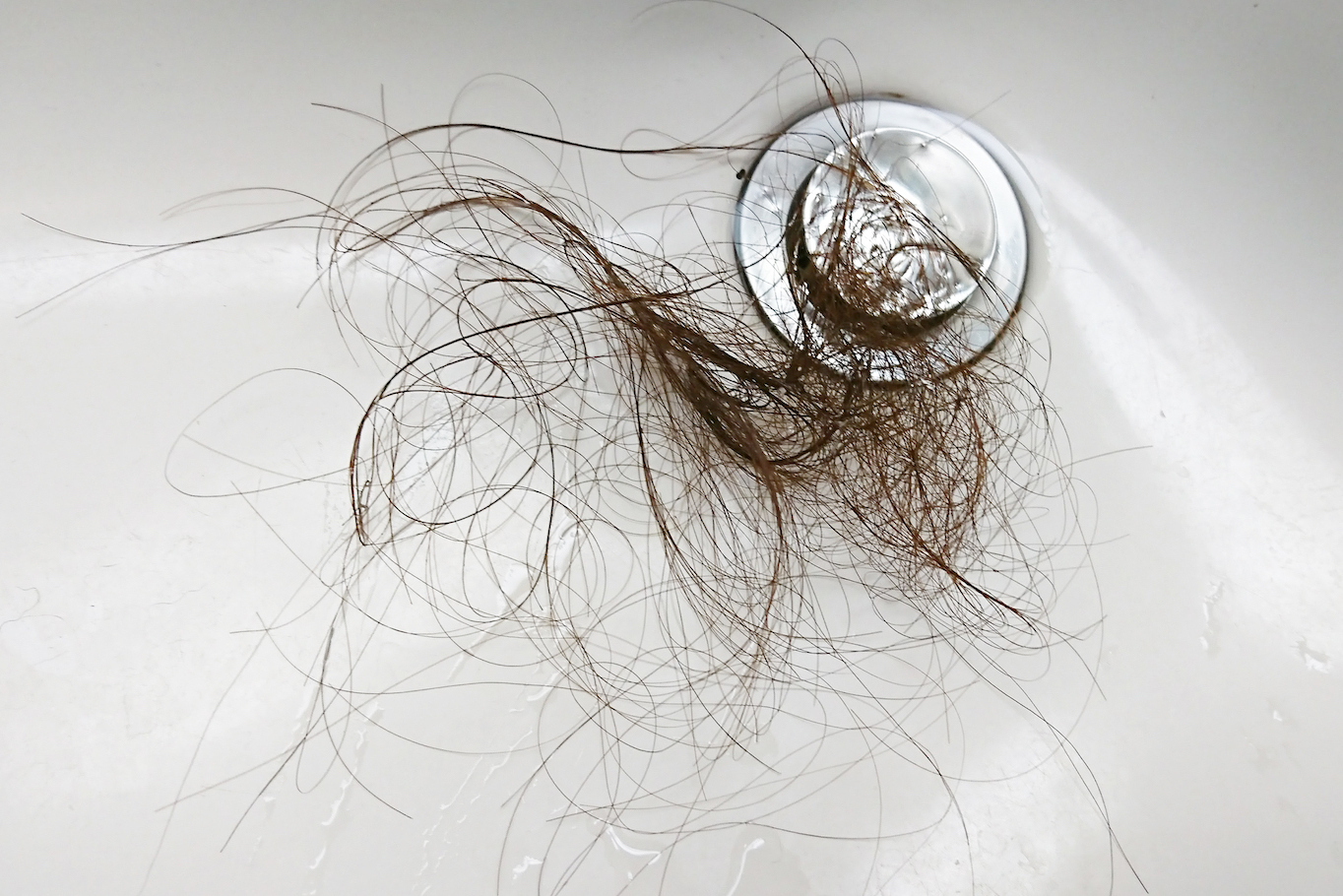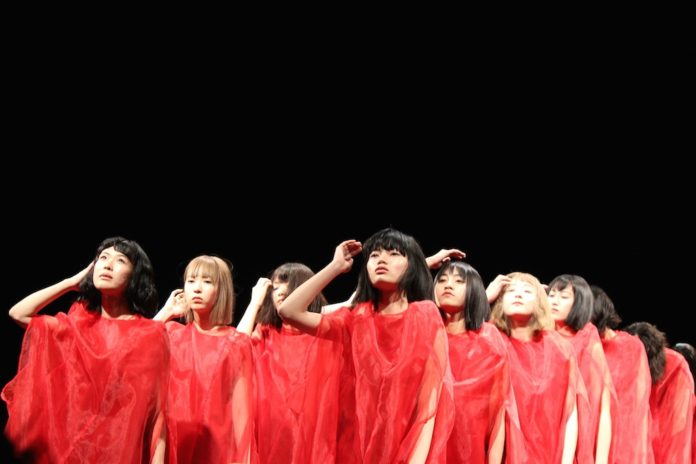
Last time we compared the hair and scalp to a field and talked about beautiful hair growing from a healthy scalp. The key to healthy hair is the “scalp”. If the condition of the scalp gets worse, it will cause hair loss and/or thinning.
What is a healthy scalp?
It’s easy to find out if your scalp is healthy by checking the “scalp color” with a mirror. If it has become red, the scalp is damaged for some reason. Also, if the scalp is greasy, has dandruff or is itchy, you may also have some scalp problems.
What can damage the scalp?
The scalp is subjected to stress and damage in everyday life. Scalp damage consists of “damage from the outside” and “damage from the inside”.
Damage from the outside: allergies and rashes due to ultraviolet rays, drying, shampoo agents, coloring agents, perm solutions etc.
Internal damage: stress, poor blood circulation, insufficient sleep, hormonal imbalance
It is easy to imagine allergies from external damage, such as shampoo and coloring agents. For those who want to treat their hair, even if there is an allergy, or they just want to hide gray hair, we will explain these in detail.
More than coloring or perming! UV damage of the scalp
Firstly, we want to caution you about “UV rays”. Although the scalp is protected by the hair, sunlight can easily hit the scalp directly and it is easy to get sunburnt. As the head receives more ultraviolet rays than the face, it also receives much more damage than the face. In particular, the hair roots and strands are susceptible to the influence of ultraviolet rays.
Dermatitis of the scalp, dandruff due to inflammation and peeling, drying, deterioration of the scalp environment, and other effects may occur. When the scalp has been damaged by ultraviolet rays and secretes sebum to protect the scalp, the sebum clogs up the stratum corneum, which then becomes thick and may deteriorate the hair growth environment and cause hair loss.
Many people protect themselves with hats and parasols in summer, but UV rays are shining throughout the year, despite the differences in temperature. But you cannot wear a hat or sunscreen all year. In such cases, why not change the hair part. If you always keep the same part, you will naturally get the same sections damaged. Changing the part not only prevents the accumulation of damage but also protects previously damaged areas.
The scalp is red! How to deal with pain and inflammation
In case you have suffered from scalp damage, we will explain how you can treat it. When sunburned, it is important to cool your scalp first. If the scalp is sore, tingling or red, cool the scalp with a cold water shower. Then wash your hair with warm water (without using shampoo), before moisturizing the scalp. Even when there is dandruff or itchiness, moisturize your scalp after cooling. It can help to relieve itchiness by chilling the scalp. As dandruff is caused by the drying of the scalp, it is effective to keep the scalp moisturized with lotion, just as you would with your skin. If the juice is coming from the scalp, then please go to see a dermatologist.
Thin hair or hair loss due to changes in female hormones
The biggest cause of female hair loss and thinning is a change in hormonal balance. A hormone is a secretory substance that regulates a variety of bodily functions. The “hormones” found in grilled meat and the “hormones” working in our body are different things.
The biggest change in hormonal balance takes place during”childbirth” and “after menopause”. During these periods, the balance of female hormones is disturbed, even by lifestyle habits.
- Vegetarian (Not enough meat/fish)
- Lost your weight more than 3kg in a month
- Repeated rebounds on a diet
- Not drinking enough water (Less than 1 liter of water or tea per day)
- Eat instant food and fast food a lot
- Too much sugar/sweets
- Smoking cigarettes
- Lack of sleep
If the scalp (field) is short of water and nutrition, the hair (vegetables) will not grow. This is not only bad for the scalp, but also for your health.
Today we explained how to solve scalp problems that cause thinning hair. Next time, we will explain how to cope with allergies to coloring agents, perm solutionsetc., as mentioned above, and about thinning countermeasures during”childbirth” and “after menopause”.
















